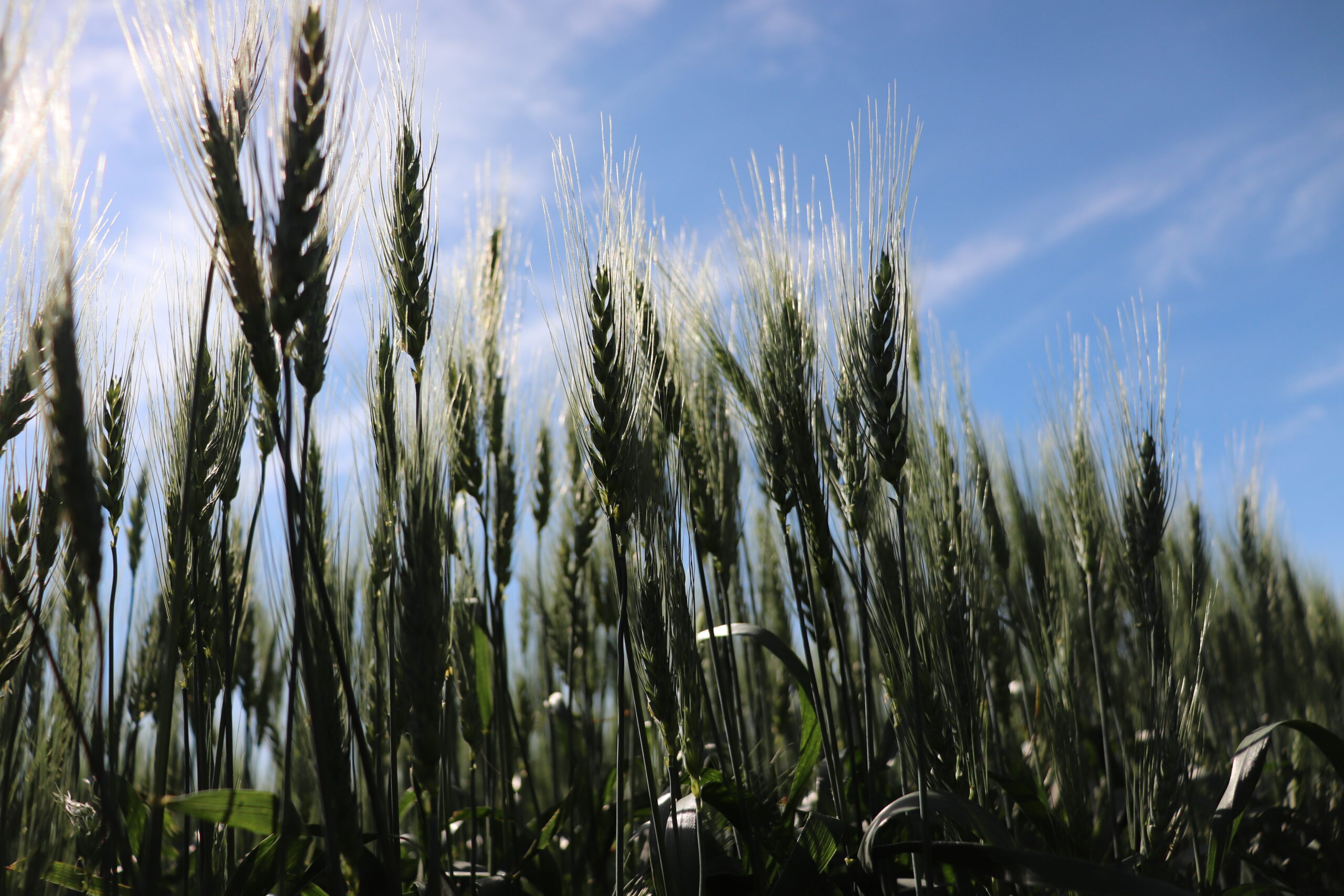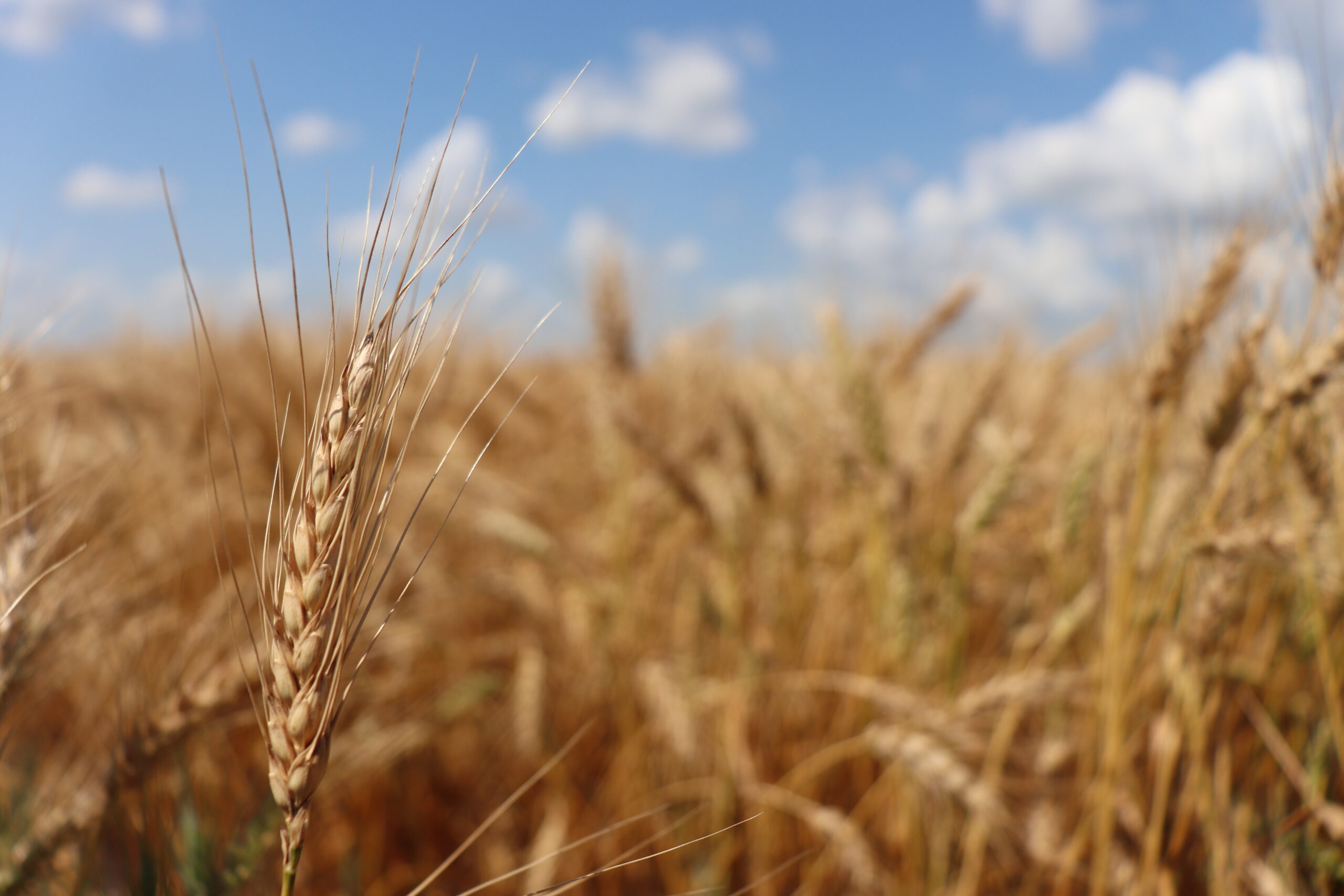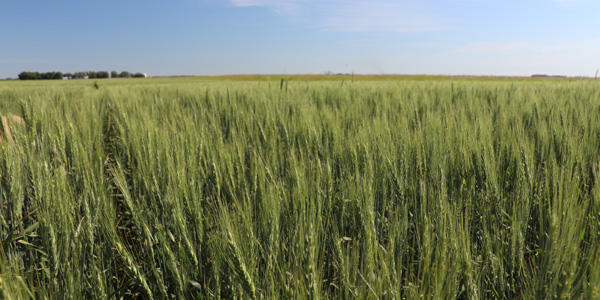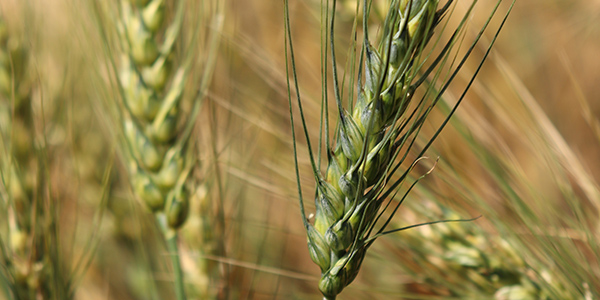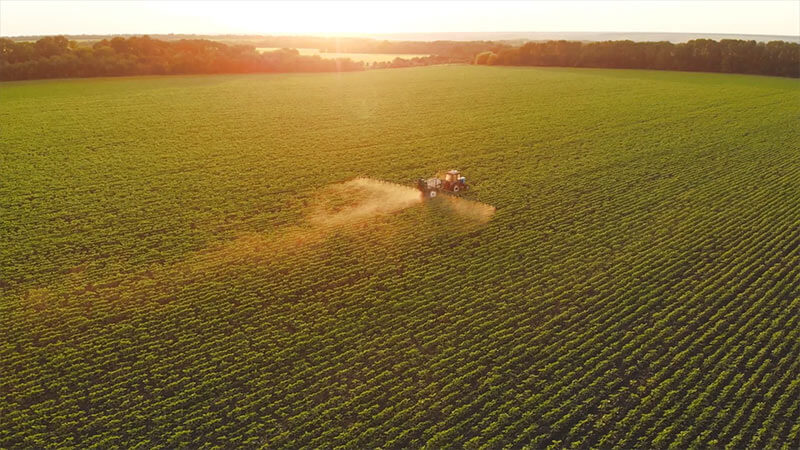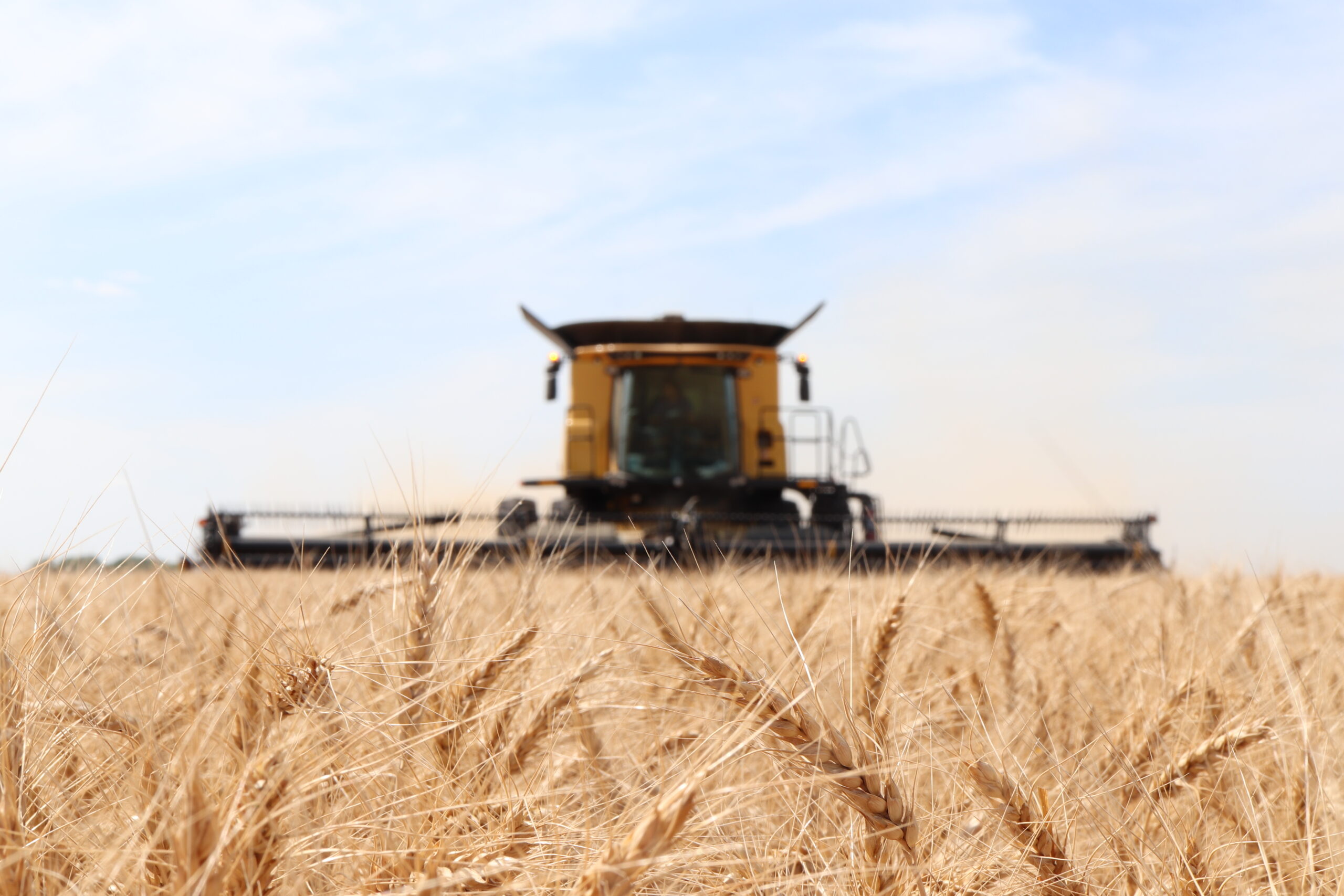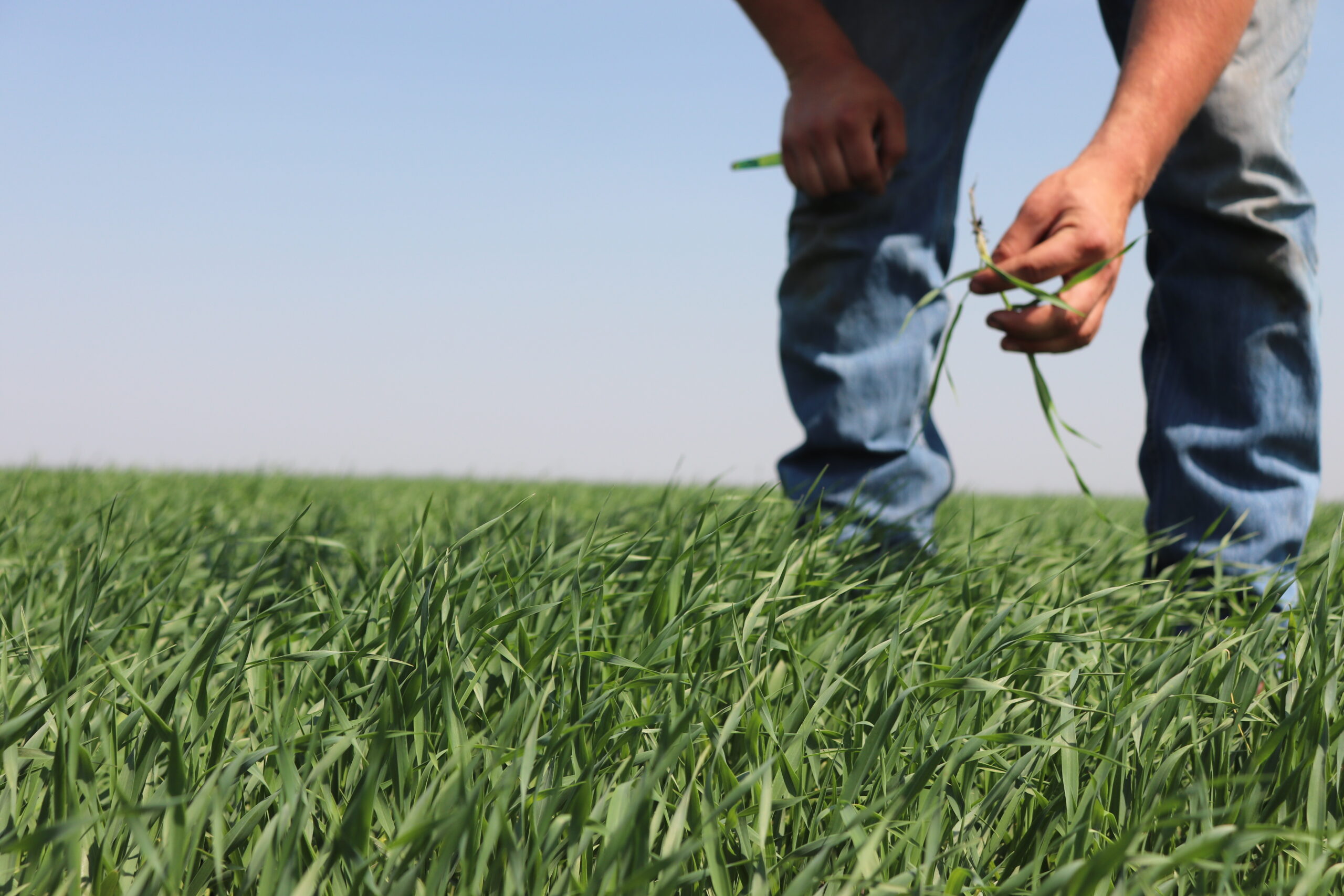Discovering Moisture: the unknown potential of coleoptile length in wheat under dry seeding conditions
Crop Types
- Wheat
Collaborating Locations
University of ManitobaRapid, uniform stand establishment is critical for successful wheat productivity in Manitoba. The timing of wheat seeding needs to match with soil conditions that facilitate successful seedling emergence and establishment. In Manitoba, seeding moisture is reliant on the prior winter's snow melt. Farmers in Manitoba have been experiencing dry spring and fall seeding conditions recently. For example, lack of overwinter snow accumulation (approx. 30-40% of normal) and early snow melt in 2021 led to extremely dry seeding conditions. This results in widespread areas of patchy emergence, ungerminated acres, ultimately prompting higher than normal re-seeding efforts (Manitoba Agriculture and Resource Development, 2021a, 2021b). Dry periods in Manitoba always existed, but are expected to be exacerbated by climate change. Dry seeding conditions have led to poor stand establishment, late seeding, and therefore reduced wheat yields (Rebetzke et al., 2005).
Objectives
- Phenotype a range of popular and upcoming spring and winter wheat genotypes for coleoptile length.
- Examine the influence that coleoptile length has on emergence speed and plant vigour under tilled and conservation tillage systems when deep seeded.

